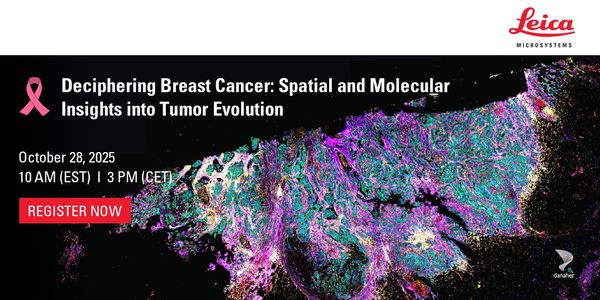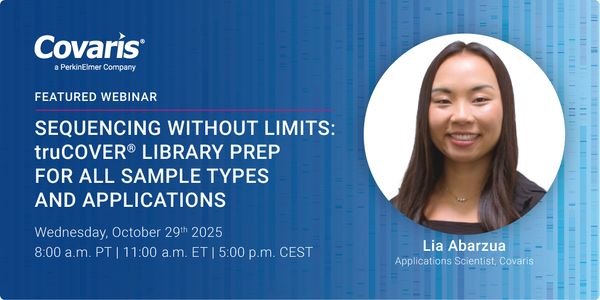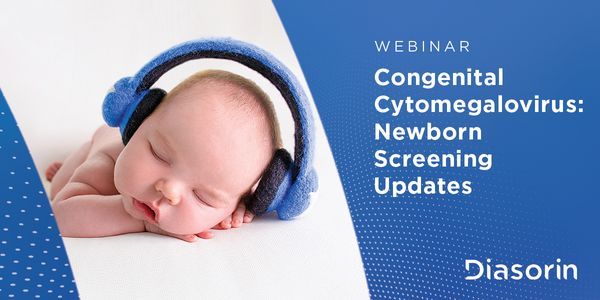From Viral Infection to Neurodegeneration: The Role of Innate Immunity
Infection with human immunodeficiency virus (HIV)-1 compromises the immune system and causes in about half of the affected individuals neurological and neurocognitive complication categorized as NeuroHIV and HIV-associated neurocognitive disorders (HAND). The pathological mechanisms leading to HAND remain incompletely understood but the available data suggest an important role for the innate immune system. Transgenic mice expressing HIV envelope protein gp120 in the central nervous system (HIVgp120tg) display key features features observed in NeuroHIV patients, including loss of neuronal dendrites and synapses, astrocytosis and increased numbers of microglia. We have recently shown that the acute phase protein lipocalin-2 (LCN2) is one of the most upregulated genes in this transgenic mouse model of NeuroHIV. Furthermore, we observed that LCN2 is significantly upregulated in brains of HIV+ patients when compared to non-infected controls. Higher levels of LCN2 were present in HIV+ patients with brain pathology than in patients without brain injury, suggesting a role for LCN2 in HIV-associated brain injury. In order to explore the biological role of LCN2 we cross-bred HIVgp120tg with LCN2-deficient mice (LCN2ko). LCN2 deficiency prevented behavioral deficits, and largely abrogated synaptic and dendritic damage indicating almost complete neuroprotection and providing evidence for a role of LCN2 in HIV-associated brain injury. We also observed that HIVgp120tg brains express genes induced by interferon-β (IFNβ), indicating another component of the innate immune response to the neurotoxicity inducing viral protein. In separate experiments we demonstrated that intranasal treatment with exogenous IFNβ prevented neuronal damage triggered by HIVgp120. Altogether, our studies strongly suggest that components of innate immunity can promote and prevent HIV-associated neurodegeneration.
Learning Objectives:
1. Explain how viral infections can spread from the periphery to the central nervous system.
2. Define the dual role of innate immunity in injury and protection of the brain from viral infection.
3. Identify challenges and opportunities to treat viral infections and neurodegeneration.






